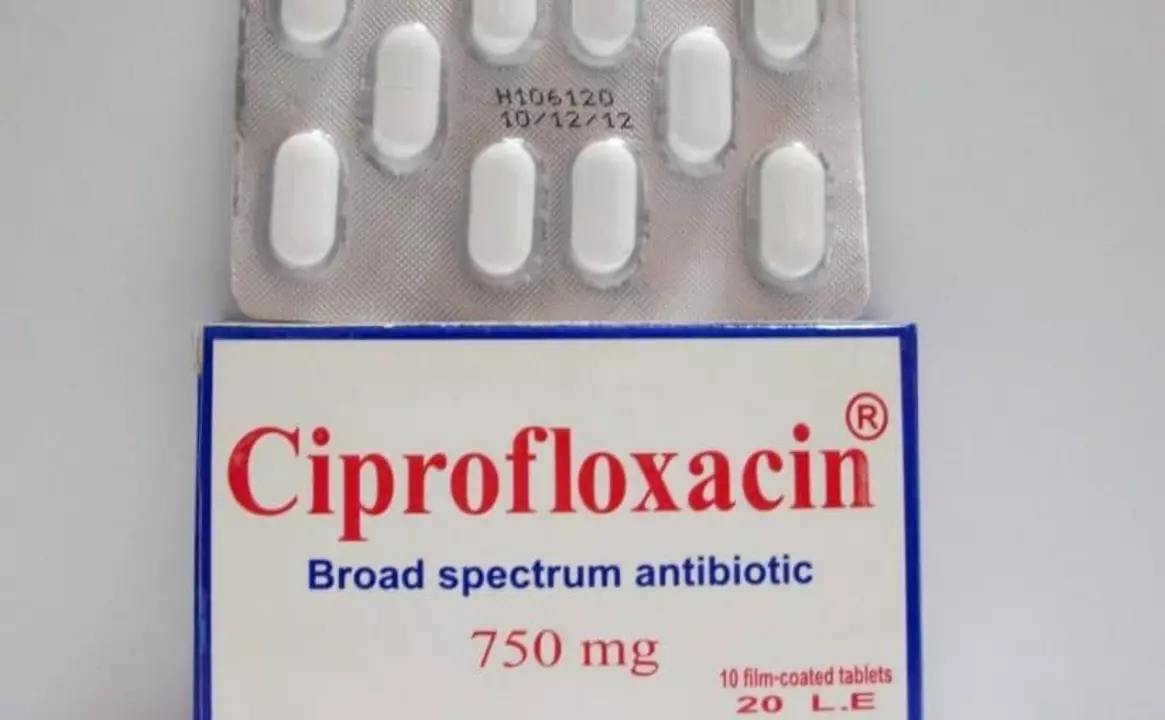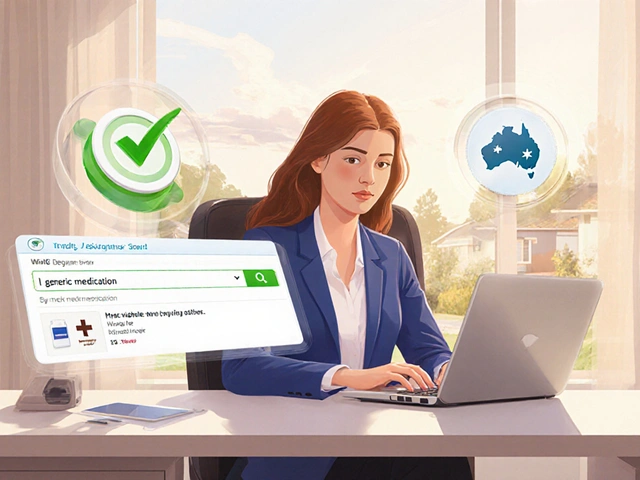Allergies: Practical Tips, Symptoms, and Safe Medication Choices
Allergies can be more than a runny nose. They can wreck sleep, trigger asthma, and make daily life harder. If your sneezing is seasonal or your breathing tightens with pollen or pets, you want quick, safe fixes—not guessing. Below are clear, practical steps you can use today and pointers to deeper guides when you need them.
Spot the signs and act fast
Common allergy signs: sneezing, itchy eyes, nasal congestion, throat irritation, and watery eyes. If you also have wheeze, shortness of breath, chest tightness, or repeated sinus infections, treat this as more than allergies — talk to a clinician. If you ever have severe swelling of the face or throat, or trouble breathing, call emergency services right away.
For everyday symptoms, start with simple measures: stay indoors when pollen counts are high, use a HEPA filter, keep windows closed, shower after outdoor time, and wash bedding weekly in hot water. These changes often cut symptoms noticeably without medicine.
Quick relief and medication basics
Antihistamines (cetirizine, loratadine, fexofenadine) help sneezing and itching. They’re cheap and work for many people. Nasal steroid sprays (fluticasone, budesonide) are the best for blocked noses and are safe long term when used as directed. Short-term oral decongestants can help nasal congestion, but don’t use them for more than a few days without doctor advice.
Montelukast is another option often used for allergies and asthma. Some people report mood or sleep changes on montelukast, so if that happens, stop and talk to your doctor. There are alternatives: step up nasal steroids, add allergy shots (immunotherapy) for long-term relief, or discuss biologic treatments like dupilumab if you have severe, stubborn symptoms. Our site reviews these options in plain language so you can weigh risks and benefits.
If your allergies overlap with asthma, pay special attention to rescue inhalers like albuterol (Ventolin). During shortages, ask your clinician for an emergency plan: use spacers, keep controller inhalers up to date (inhaled steroids), and know your peak-flow numbers. We also offer guides on safe alternatives and what to do when inhalers are hard to find.
One last safety note: avoid buying prescription meds from unknown online shops. For routine meds it’s safer to use licensed pharmacies or telehealth services. Some drugs (IV antibiotics, vancomycin) should never be self-prescribed online. If you’re unsure, reach out to a pharmacist or your doctor before you order.
Want step-by-step help? Check our detailed guides on albuterol alternatives, ventolin buying tips, and montelukast alternatives. Read the full articles on Pharmstore.com for clear comparisons, safety notes, and real-world tips you can use right away.

As a blogger, I recently came across a helpful guide about understanding Ciprofloxacin allergies. Ciprofloxacin is a powerful antibiotic that can sometimes cause allergic reactions in some people. This guide explained the common symptoms to watch out for, such as skin rashes, difficulty breathing, and swelling. It also offered advice on how to manage these allergies, including seeking prompt medical help and avoiding the drug in the future. I found this information incredibly valuable and wanted to share it with others who may be affected by Ciprofloxacin allergies.
Chris Gore Apr 27, 2023




